Popular on Food52
24 Comments
[email protected]
February 20, 2018
Is that possible with stuffer?Can anyone told me what is the different between stuffer and grinder?Which one is better for multi work?
Chris G.
April 1, 2017
For those of you that are going to get "serious" about grinding meat, and think that it will be a continuing endeavor, don't ruin you expensive Food Processor! It wont hold up for very long to the stresses of grinding meat for very long! I suggest doing your homework! Do the research, if you subscribe to "Consumer Reports," that is the ideal place to find out what is the best Meat Grinder for you needs! If you are not a subscriber, you undoubtedly know someone that is, that is a good enough friend that will do the research for you?
The grocery stores are a horrible place to buy ground meat now, because their meat is regulated and tested on how much fat they can add to it, they are now adding "X" amounts of water without putting it on the contents label! (All under the guise of water added for meat grinding facilitates the grinding process! That's why why when you try to fry any store-bought meat all it does for the first few minutes is steam! Not fry and caramelize right away!
I'm 70 years old now, I've spent a lot of time and money, numerous books about meat cutting, sausage making and etc. For back-ground, for those of you with strong stomachs, I recommend reading Upton Sinclair's The Jungle!" That will inform you about what can happen with "de-regulation," and how bad it could become! STILL, that is possible! I worked 5 years in a meatpacking house in the late 1970's through the mid 1980's! It was a life changing experience, physically and mentally!
For sausage making, ground meat etc. you need some FAT! The best ratio is about 80% percent lean, to 20% fat! An old article that I have from a 1960's vintage, or so, Sunset magazine on Sausage Making recommended using some fat with flavor, i.e BACON, and for the purposes of the fat ratio to consider it all FAT! That way you get the proper ratio and a bonus of extra "YUMMINESS!" You can put anything in sausage/ground meat and as stated test patties are the way to go, no sense in ending up with a batch of sausage no one wants to eat. One more tip as stated in the article, just to re-enforce it! ALWAYS USE THE FRESHEST, BEST INGREDIENTS YOU CAN AFFORD! Another tip, if making meatballs, let your finished product rest for about 30 minutes in the refrigerator before cooking the fat and or binder ingredients will work much better and the meatballs will not fall apart in the cooking process that way! But, the most important tip I can give you is Do Your Research! You will find lots of conflicting opinions, you job is to make sense of what you find and research some more. Food52 and the members is/are a marvelous resource and so is the internet! I'm old enough to remember my families 5 encyclopedias and the days when people had to go to the library to do research for school! (Oh, and Thank God for "Spell Check," Cell Phones & T.V.) How did we and and our kids survive in the ages before all this! My family played games at the dinning room table, actually talked to each other and went on long family camping trips!
Chris
The grocery stores are a horrible place to buy ground meat now, because their meat is regulated and tested on how much fat they can add to it, they are now adding "X" amounts of water without putting it on the contents label! (All under the guise of water added for meat grinding facilitates the grinding process! That's why why when you try to fry any store-bought meat all it does for the first few minutes is steam! Not fry and caramelize right away!
I'm 70 years old now, I've spent a lot of time and money, numerous books about meat cutting, sausage making and etc. For back-ground, for those of you with strong stomachs, I recommend reading Upton Sinclair's The Jungle!" That will inform you about what can happen with "de-regulation," and how bad it could become! STILL, that is possible! I worked 5 years in a meatpacking house in the late 1970's through the mid 1980's! It was a life changing experience, physically and mentally!
For sausage making, ground meat etc. you need some FAT! The best ratio is about 80% percent lean, to 20% fat! An old article that I have from a 1960's vintage, or so, Sunset magazine on Sausage Making recommended using some fat with flavor, i.e BACON, and for the purposes of the fat ratio to consider it all FAT! That way you get the proper ratio and a bonus of extra "YUMMINESS!" You can put anything in sausage/ground meat and as stated test patties are the way to go, no sense in ending up with a batch of sausage no one wants to eat. One more tip as stated in the article, just to re-enforce it! ALWAYS USE THE FRESHEST, BEST INGREDIENTS YOU CAN AFFORD! Another tip, if making meatballs, let your finished product rest for about 30 minutes in the refrigerator before cooking the fat and or binder ingredients will work much better and the meatballs will not fall apart in the cooking process that way! But, the most important tip I can give you is Do Your Research! You will find lots of conflicting opinions, you job is to make sense of what you find and research some more. Food52 and the members is/are a marvelous resource and so is the internet! I'm old enough to remember my families 5 encyclopedias and the days when people had to go to the library to do research for school! (Oh, and Thank God for "Spell Check," Cell Phones & T.V.) How did we and and our kids survive in the ages before all this! My family played games at the dinning room table, actually talked to each other and went on long family camping trips!
Chris
terri H.
February 17, 2017
I ground chuck ribeye I went to locker got suet same as fatback but I've got KitchenAid grinder for mynmixer I used both blades ran it through once with each on My burgers was tough as a boot The butcher at store was baffled as to why Do you have any idea?
michael1245
September 18, 2015
I did this with some alligator tail. IT WAS SO GOOD! I added some beef fat, because alligator is so lean. Lots of cajun seasoning and made a patty. Put it on a hot grill, lettuce, tomato, slice of onion on a toasted potato bun with a smear of Duke's mayo.
Lipstick L.
August 2, 2015
Would this procedure work with grinding salmon for salmon burgers or salmon cakes? I expect it would if the fish is good and icy or frosty?
Mona C.
April 22, 2015
Can you clean bits of meat from a food processor with water and dish soap as you would a blender?
Judy
April 21, 2015
I bought a Blendtec refurbished blender and ground some chuck roast that was on sale and it turned out great.Easy to clean,just a cup of water a drip of dawn and pulse for 5 minutes, then rinse.I donated my food processor.
lilmartha4
May 21, 2014
I agree with the health reasons for wanting to grind your own meat so I made my own tonight by following the instructions in this excellent article. I was a bit anxious when I started but was happily surprised that the texture was perfect for forming hamburger patties and meatballs. Grilled a patty up quickly just to make sure it tasted as good as it looked and again, perfect. Thanks Catherine for an enlightening and useful article.
Helen B.
May 16, 2014
What about chicken...chicken breast has very little fat...will this method work? Thanks.
Catherine L.
May 20, 2014
Hi Helen,
It will work, the meat just might not be very moist or flavorful. I'd recommend adding some fat to the grind, or seasoning the chicken very well before cooking it. You can add herbs, spices, even mayonnaise -- try it!
It will work, the meat just might not be very moist or flavorful. I'd recommend adding some fat to the grind, or seasoning the chicken very well before cooking it. You can add herbs, spices, even mayonnaise -- try it!
Helen B.
May 20, 2014
Thank you Catherine. I have never seen organic ground chicken breast and would love to be able to try your method at home.
Mike
May 15, 2014
Any good butcher will also be happy to grind a cut (or blend, like 2lb brisket to 1lb chuck) of meats for you if you buy them there. They'll appreciate that you know what you're doing.
Matilda L.
May 15, 2014
This is true, but because the butcher will be starting with cold (ie: not half frozen) meat, he'll lose some in his grinder--I lost half a pound once. The fat percentage will also not be the same since some will render with the heat of the grind.
Mike
May 15, 2014
A half a pound -- really! Agreed that some will wind up stuck in the machine, though. Somehow this seems to be a concept that people don't take advantage of at the butcher, where if it isn't already ground and in the case they don't ask for it.
Gaia G.
May 15, 2014
I never even thought of using my food processor to grind meat which is part of the reason why I've never tried grinding my own meat. This is such a great informative post. I use my food processor to make smoothies and ice cream. Would you suggest I get a separate processor just for the meat? I'm a little weary of cross contamination. If not, do you have any suggestions on how to disinfect and thoroughly clean the processor after grinding? Thank you.
Matilda L.
May 16, 2014
I put my food processor parts in the dishwasher after picking out the bits of raw meat out of the gasket. I figure that I never disinfect my chef's knife, why do I need to disinfect my food processor?
Gaia G.
May 19, 2014
Good point Matilda Luk! I don't disinfect my knives either. Just thought since the processor has more nooks and crannies it might be easy to leave some raw meat pieces behind. Thanks for the tip.
Catherine L.
May 20, 2014
Thanks Gaia! I'd agree with Matilda -- it shouldn't be necessary to purchase a separate piece of equipment, if you're cautious about putting it straight in the dishwasher after blending your meat.
GourMel
May 15, 2014
Would the process be the same for turkey or chicken? Which cuts would you suggest (I'm assuming breast would be too lean)?
Matilda L.
May 16, 2014
I've used this process with skinless boneless chicken thighs, too. It's easier to overcook (and thus toughen) the chicken, though.
Matilda L.
May 15, 2014
I always grind my own meat, even though my husband thinks it's a waste of my time. I do find the clean-up a drag: prying out the bits of raw meat out of the gasket of the food processor plus washing its many parts is not fun. The texture and cleanliness of home-ground meat is worth it, though.
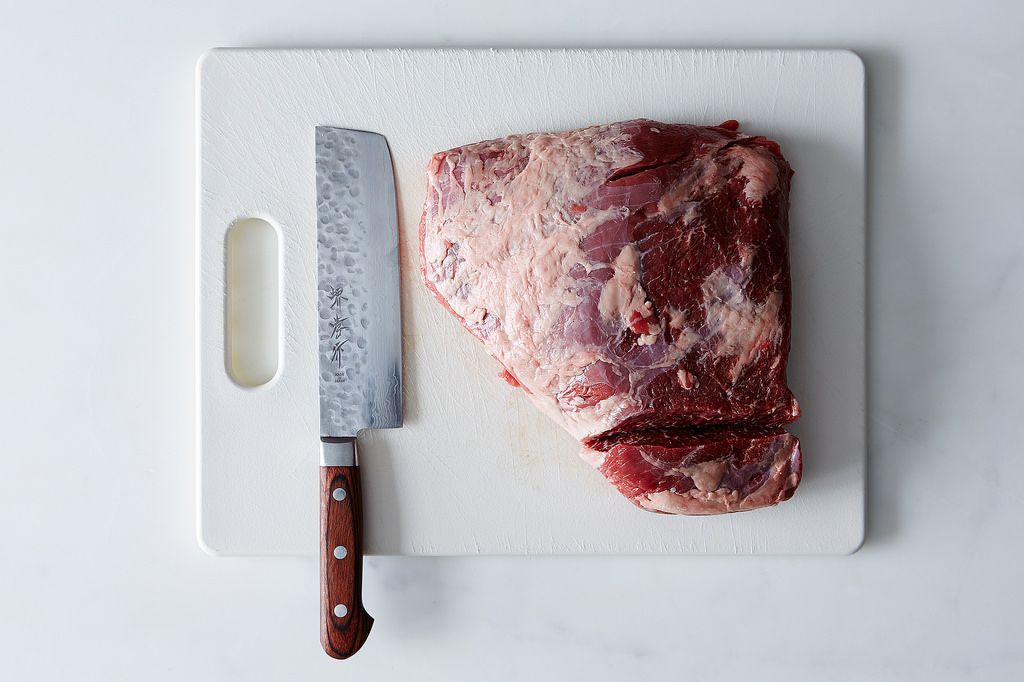

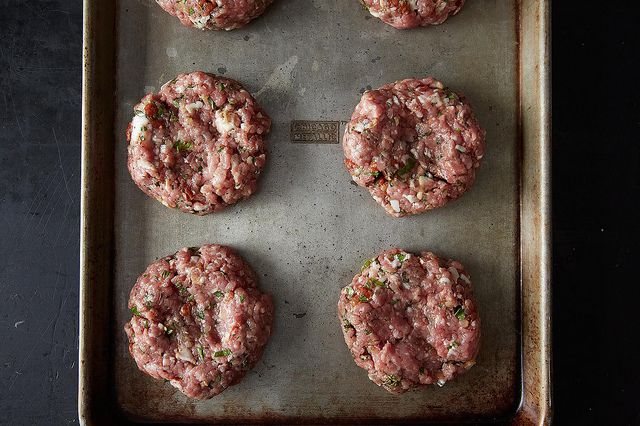
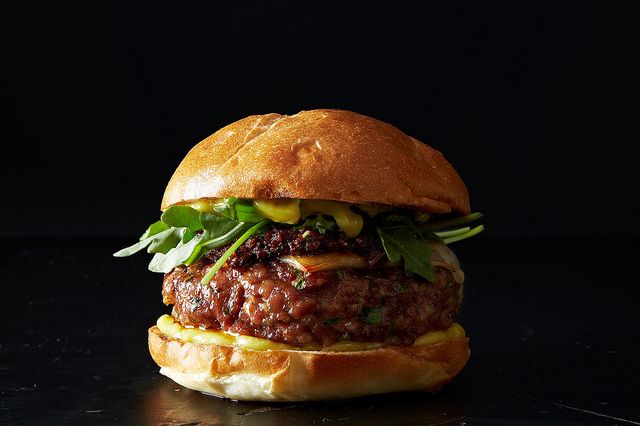
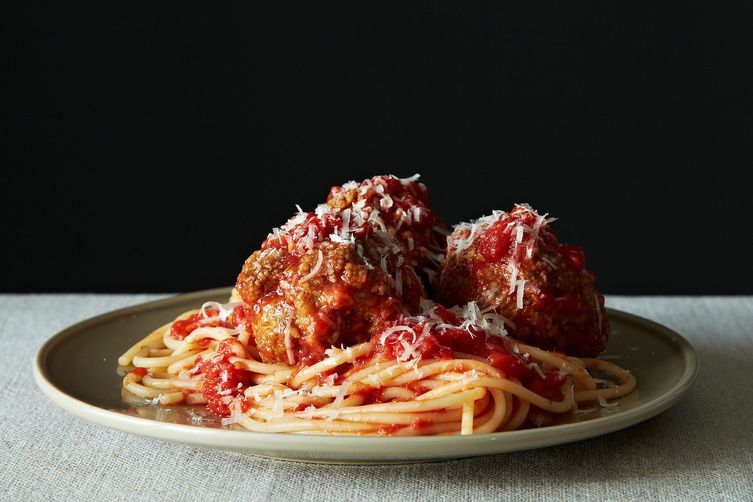
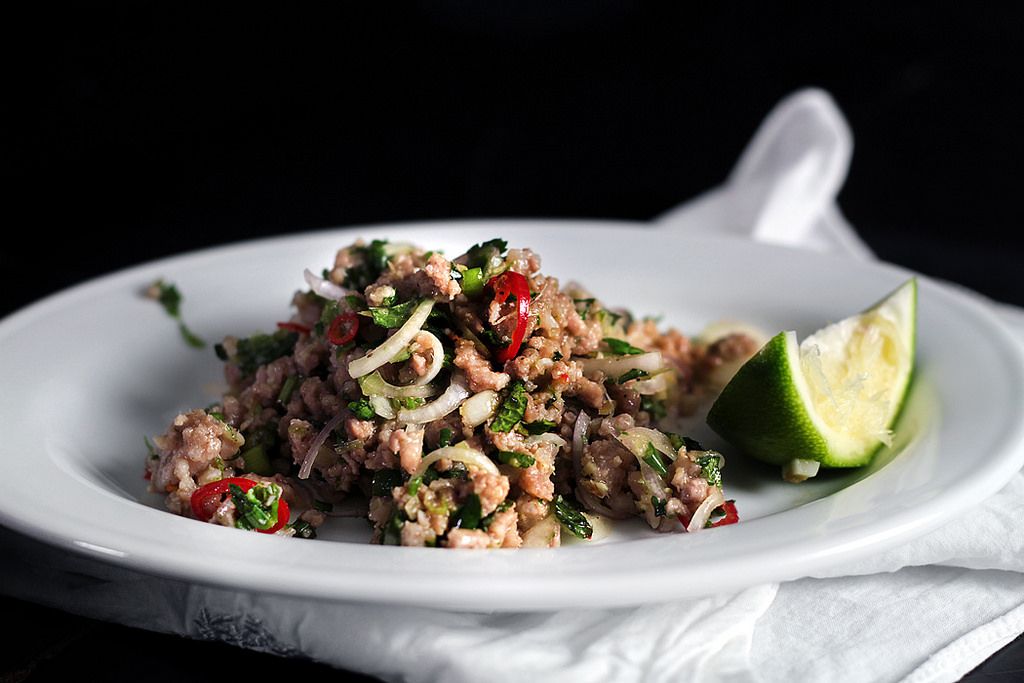
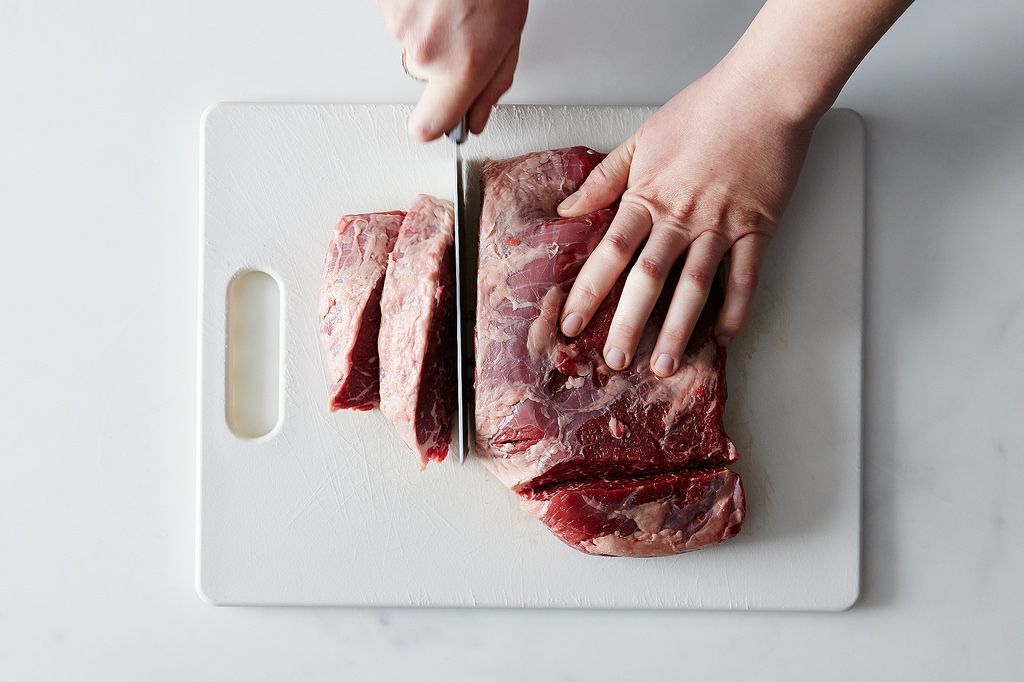
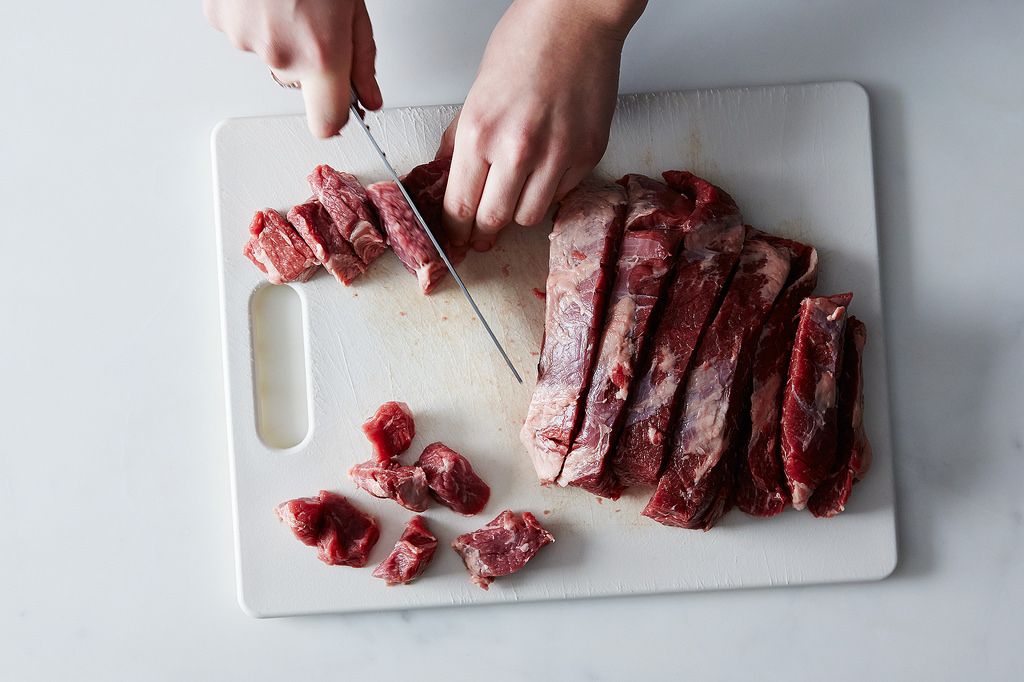
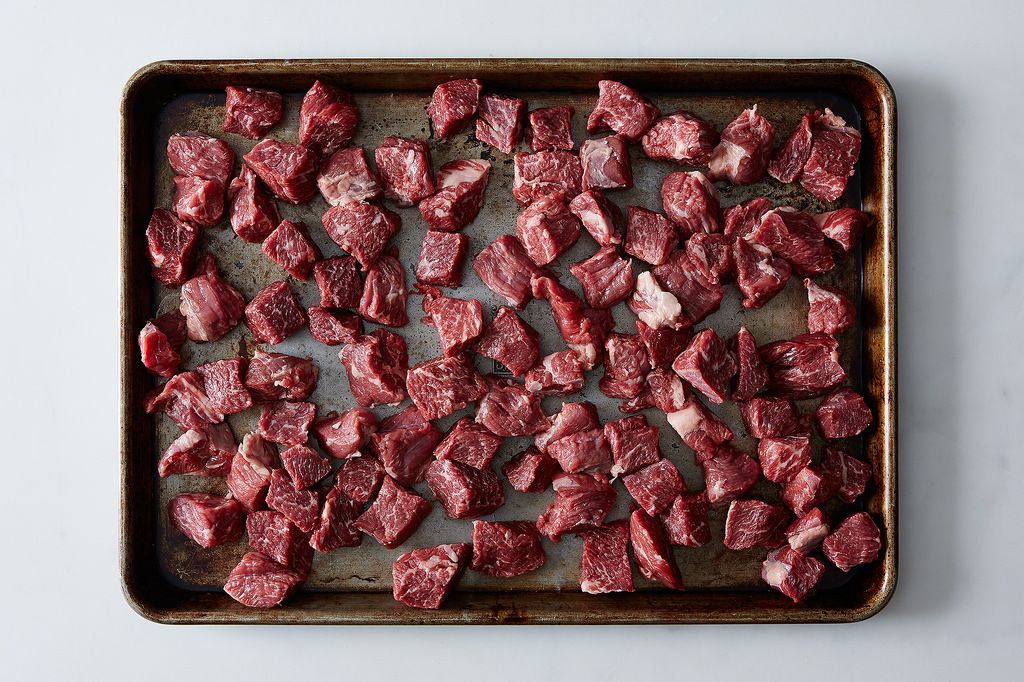

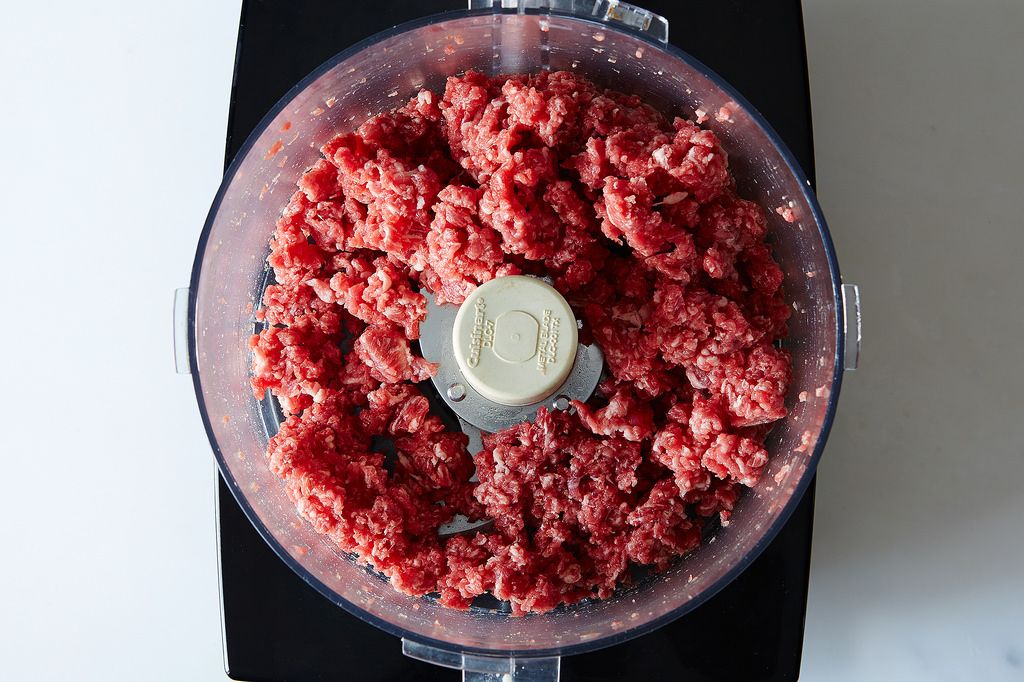
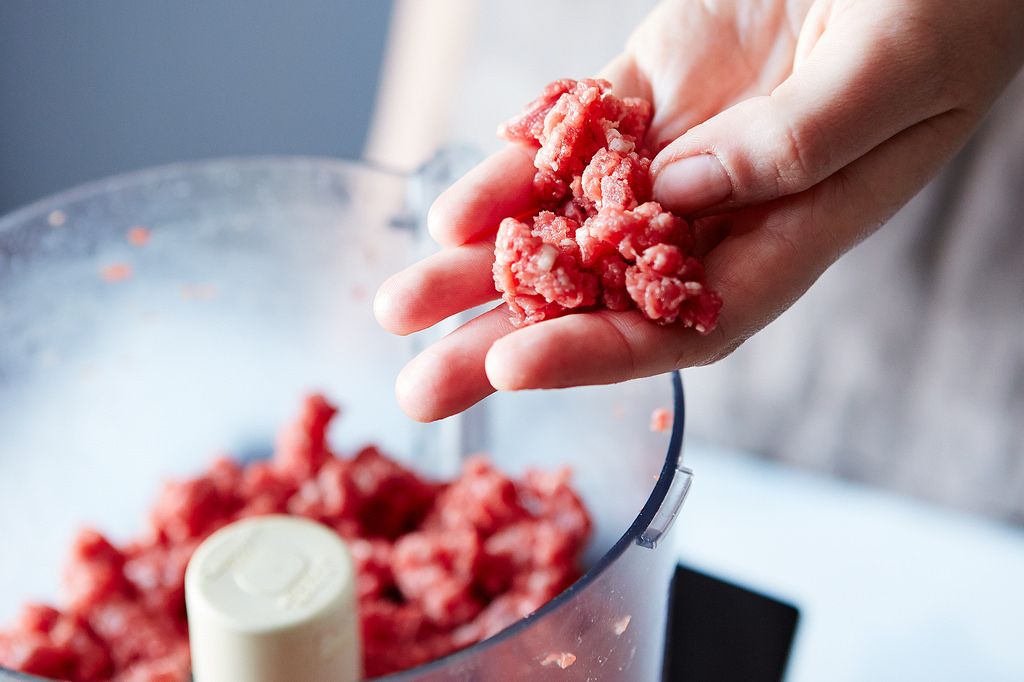

See what other Food52 readers are saying.